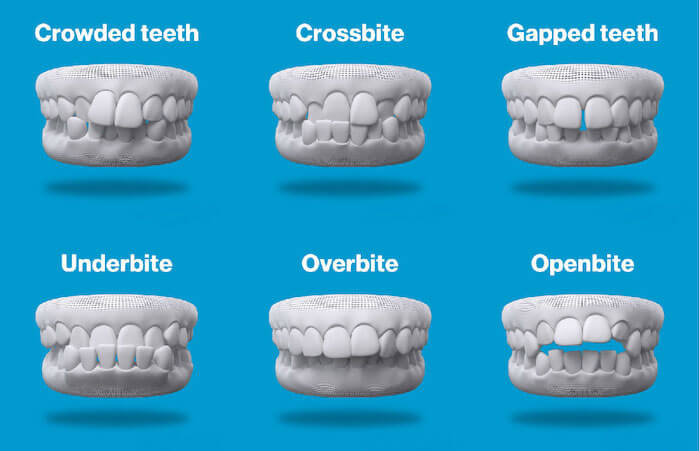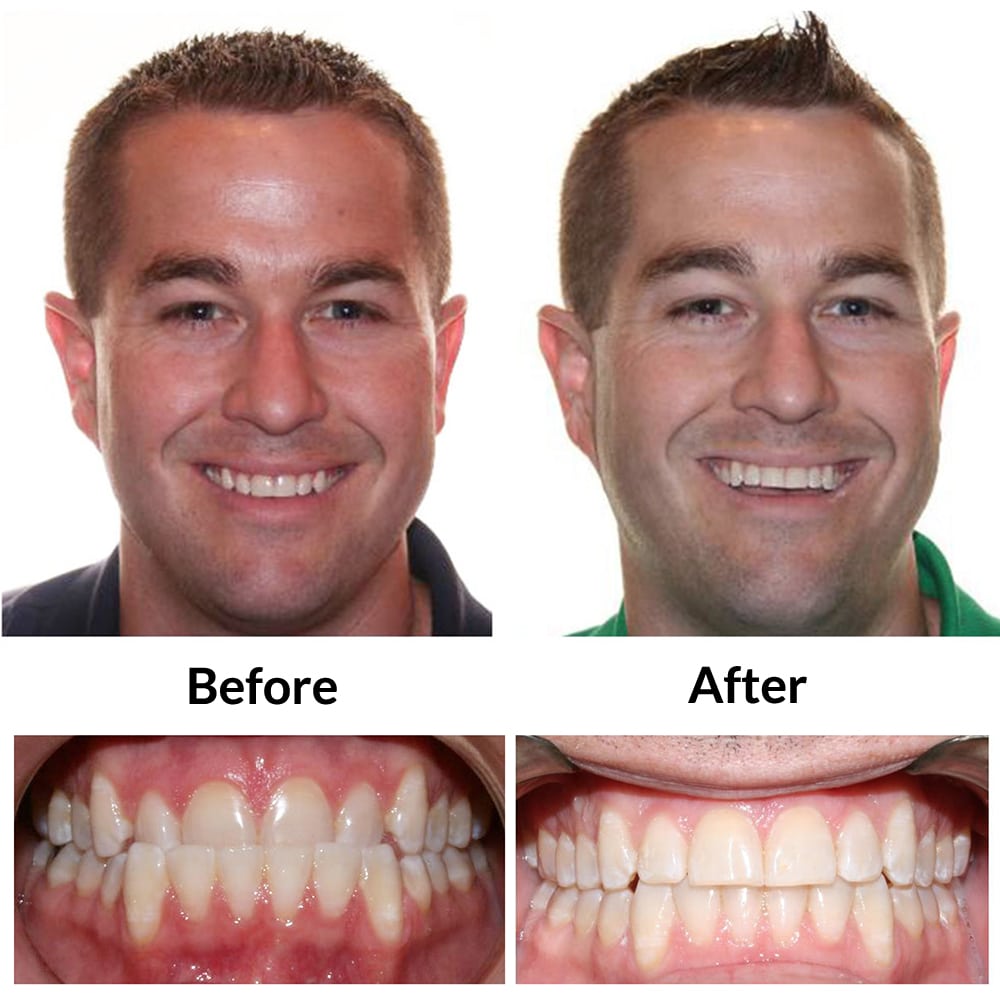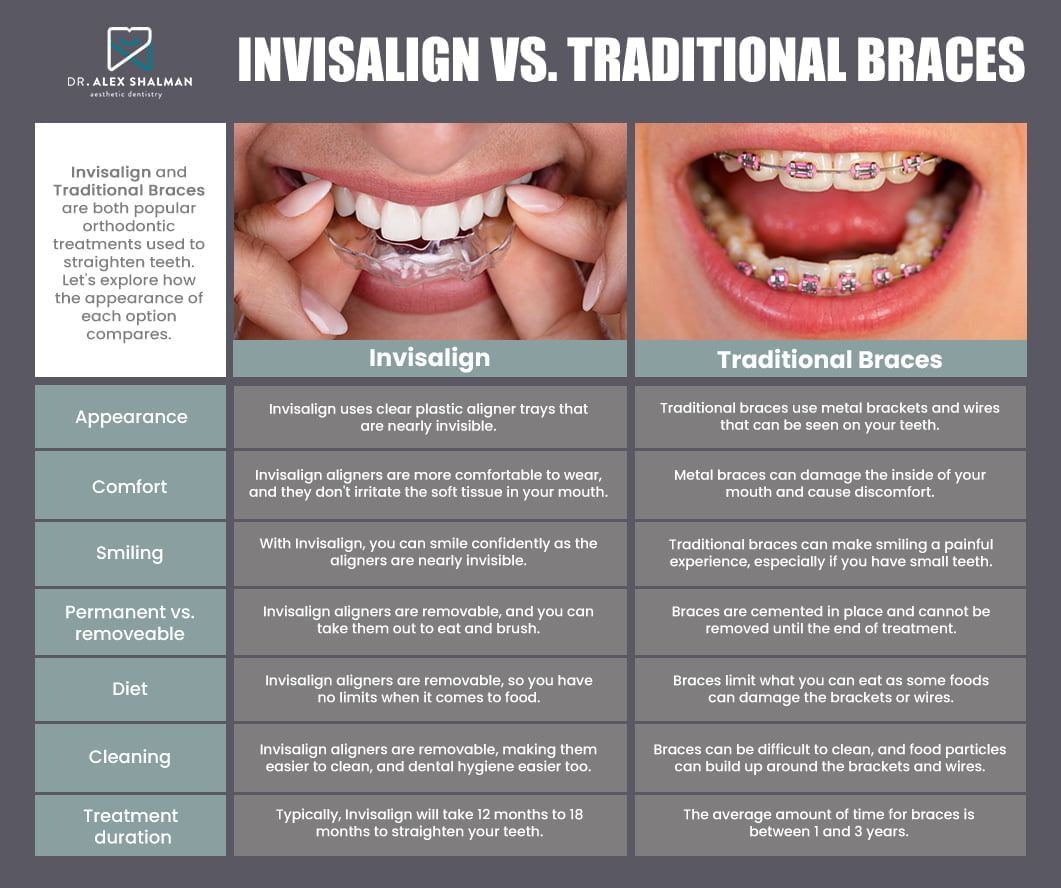Frequently Asked Questions About Invisalign: Everything You Required to Know
Frequently Asked Questions About Invisalign: Everything You Required to Know
Blog Article
Invisalign vs. Conventional Dental braces: Which Choice Is Right for You?
When considering orthodontic treatment, the option in between Invisalign and typical braces provides numerous important aspects that merit careful analysis. Invisalign uses a very discreet choice with detachable aligners, while traditional braces provide a more noticeable yet effective option for serious misalignment. Each alternative includes distinctive benefits and downsides associated with aesthetics, comfort, treatment duration, and cost. Recognizing these nuances is crucial for making a notified decision that aligns with your personal choices and way of living. The inquiry remains: which choice will best satisfy your orthodontic demands and assumptions?
Overview of Therapy Alternatives

On the other hand, typical dental braces are composed of metal brackets and wires that are adhered to the teeth. This approach applies continuous pressure in time to accomplish alignment. While efficient for intricate orthodontic issues, conventional dental braces require regular check outs for changes and can posture challenges in maintaining dental hygiene due to the difficulty of cleansing around wires and braces.
Both alternatives have their benefits, and the choice commonly rests on specific oral problems, lifestyle preferences, and patient compliance. Eventually, speaking with an orthodontic specialist is crucial for identifying one of the most ideal treatment plan customized to specific demands. Recognizing the nuances of each option can dramatically affect the total success of orthodontic treatment.
Visual Considerations
A considerable factor affecting the choice between Invisalign and standard braces is the visual charm each therapy provides. Invisalign aligners are crafted from clear plastic, making them essentially unseen when used.
In contrast, typical dental braces are composed of steel brackets and wires, which can be a lot more visible. While improvements in orthodontic innovation have resulted in the development of smaller brackets and tinted elastics, standard braces still keep a more noticeable profile. For some people, the presence of dental braces may discourage them from looking for necessary treatment.
Eventually, the choice between Invisalign and standard braces may depend upon individual preferences pertaining to looks. Clients that prioritize discretion usually favor Invisalign, while those who are less concerned about presence might go with standard dental braces. Comprehending the visual implications of each option is critical for making an educated decision that straightens with one's way of life and choices.
Comfort and Convenience

In terms of ease, Invisalign aligners are removable, making it possible for patients to enjoy their favored foods without constraint and maintain optimum dental health. Brushing and flossing are streamlined, as the aligners can be secured throughout these routines, whereas traditional dental braces call for mindful navigating around wires and braces.
In addition, Invisalign's modern system permits for less orthodontic brows through. Individuals usually receive numerous sets of aligners at as soon as, which can enhance the treatment procedure and lower time spent in the orthodontist's chair. In contrast, conventional braces require normal changes, making them less hassle-free for those with active routines. Invisalign. On the whole, the comfort and convenience of Invisalign make it an enticing selection for several individuals looking for orthodontic treatment.
Therapy Period and Efficiency
While both Invisalign and standard braces are effective in dealing with dental misalignments, the period of treatment can vary significantly in between the two options. Generally, Invisalign therapy can take anywhere from 12 to 18 months, relying on the intricacy of the instance. The clear aligners work by progressively moving teeth into their wanted positions, and routine follow-ups with an orthodontist aid make sure progress stays on course.
In contrast, typical braces typically need a longer dedication, generally ranging from 18 months to three years. This is because of their set nature and using wires and brackets, which can be much more effective for complicated situations and severe misalignments (Invisalign). The treatment performance of traditional dental braces is well-documented, as they permit specific modifications and greater control over tooth activity
Ultimately, the choice between Invisalign and conventional dental braces may rest on both the anticipated basics therapy period and the details dental issues at hand. Consulting with an orthodontist is vital, as they can provide customized referrals based on private needs, ensuring the selected method aligns with wanted durations and end results.
Price Contrast and Insurance Coverage Options
Cost plays a significant duty in the decision-making process for individuals considering orthodontic therapy, whether selecting Invisalign or typical braces. Typically, the price of Invisalign arrays from $3,000 to $8,000, while typical braces normally cost between $2,000 and $6,000. Elements affecting these costs include the complexity of the case, the period of therapy, and geographical area.
Lots of dental insurance coverage plans give partial coverage for orthodontic therapies, however the specifics can vary widely. Normally, traditional dental braces may be extra frequently covered by insurance strategies contrasted to Invisalign, which some insurance providers categorize as an aesthetic procedure.
Additionally, several orthodontic methods use versatile layaway plan, making both therapy choices a lot more accessible. Individuals must inquire about possible funding choices and price cuts for in advance payments. Evaluating the overall price, including insurance policy benefits and payment plans, is crucial for making a notified decision that lines up with both visual choices and budget factors to consider.

Final Thought
In summary, the choice in between Invisalign and typical dental braces pivots on multiple elements, including visual choices, comfort, therapy period, and expense. Invisalign uses a very discreet, detachable choice that assists in oral health and nutritional flexibility, while traditional braces might be better for complicated dental concerns and commonly come with a reduced price point. Inevitably, assessment with an orthodontist is vital to evaluate specific conditions and establish one of the most ideal therapy choice for accomplishing optimal dental placement.
When taking into consideration orthodontic treatment, the choice in between Invisalign and conventional dental braces presents a number of important aspects that browse this site warrant cautious examination.Comparing Invisalign and conventional dental braces discloses distinctive therapy options for orthodontic adjustment.While both Invisalign and you can try this out conventional dental braces are efficient in remedying oral imbalances, the duration of treatment can vary considerably in between the two options.Expense plays a substantial duty in the decision-making procedure for people considering orthodontic therapy, whether opting for Invisalign or traditional dental braces.In summary, the choice in between Invisalign and traditional braces hinges on multiple variables, including aesthetic preferences, convenience, treatment period, and expense.
Report this page